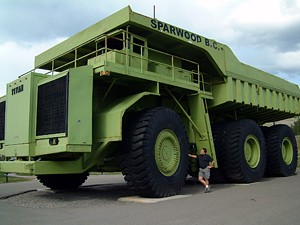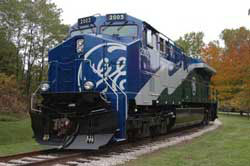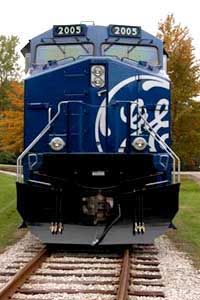Hey, Big Spender!
Attention all you motorhead trust-fund babies *! It's time once again for the Barrett-Jackson auction, a grandiose occasion filled with pomp and circumstance that transforms exuberant quantities of greenbacks into a vehicular purchase.
While the notion of the uber-rich dropping cash on cars mere mortals like myself can only fantasize of viewing in the flesh is typically disgusting, the auction lineup features a few cars - particuarly from the GM stable - that are absolutely mind boggling. So much so, that I'm willing to let stereotypes of the auction - as inherently accurate as they are - to slide in this instance.
While slurring through the ranks of the cars available for auction, names like Rolls Royce, Pierce Arrow, Maserati, etc. are simply unimpressive. While in the context of parking next to my '94 Century, they are certainly magnificent, they're in the presence of greater makes and marques at this even.

For instance, how many Lotec C1000s do you see rolling up to urban events hosted by DUB? None. Production of the Mercedes-based supercar was extremely limited, and the vast majority of them were Fed-Ex'ed straight to the land of bottomless petroleum. And getting one of these DOT-certified? Virtually as possible as Bob Lutz agreeing to take a pay cut these days.
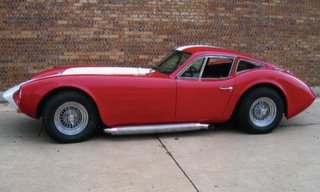
Ever hear of the Kellison coupe? The re-engineered Corvette was a powerhouse at road races and the salt flats back in the 60's. This may very well be the next best thing to owning a Scarab.
And for those who secretly wear their mullets with pride when not attending social functions, hot rods assembled by both Sammy Hagar and Michael Anthony will hit the block. This may be your chance to get something that matches your replica '5150' guitar you made out of a derelict Stratocaster and white electrical tape...
However, the best items are for those who're hell-bent on concept cars, GM heritage, or a mixture of the both.
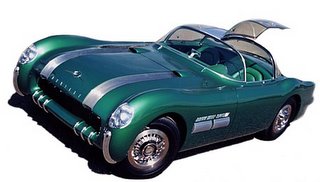
The first is the striking Pontiac Bonneville Speedster concept from '54. Long before GM unsuccessfully attempted to re-badge a Corvette as a Cadillac, it toyed with the idea of doing the same under the hood ornament of an indian chief. If you've always wanted one, now's likely your only chance. This is the last of two built, and the other (coppered color) is in the hands of the General itself.
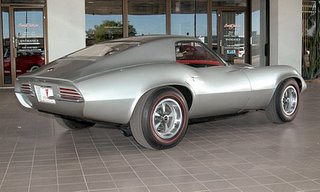
The second is perhaps one of the sexiest coupes to emanate from that gilded dome in the Warren horizon - the '64 Pontiac Banshee coupe concept. I've seen the convertible variant in person, and just from looking at these photos, the coupe looks a million times more powerful in terms of shape, sport, and sex appeal.
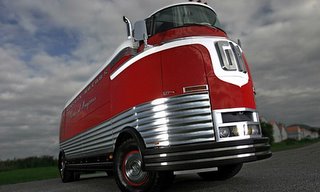
And the last is a joy to any wanna-be truckers out there. With fewer than 6 in operating existence, here's your chance to get one of the last remaining GM Futurliners that's not in bombed-out, irreparable shape. Wouldn't this be great to trailer your other GM concept purchases with?
You've got to hurry, though, to cash out your Google stock and to run to Scottsdale. The auction's over by the 22nd, so make your money count!



